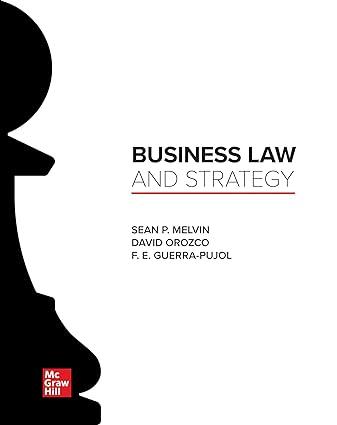Haege died in December 2006. Three months earlier, Haege had made a will in which he left
Question:
Haege died in December 2006. Three months earlier, Haege had made a will in which he left his “personal assets” to his brother and sister, and in which he left his “business interests, both tangible and intangible, real or personal, connected to the business known as Traditional Fine Art, Ltd.” to his brother, sister, and two longtime employees. After Haege died, questions arose about the disposition of property associated with Traditional Fine Art, Ltd., insofar as Traditional Fine Art was a sole proprietorship and, therefore, had no legal existence separate and apart from Haege himself. The will was admitted to probate, and Sharon Haege England—Haege’s sister—was appointed as executrix of his estate. England failed to distribute any property to James S. Simmons and Elery Stinson—the two longtime employees—and they filed this lawsuit against England, seeking a declaratory judgment as to the meaning of the will with respect to the property associated with Traditional Fine Art.
CASE QUESTIONS 1. Who prevails and why?
2. Can Haege pass the assets of Traditional Fine Art through his will? Why or why not?
Step by Step Answer:

Business Law And Strategy
ISBN: 9780077614683
1st Edition
Authors: Sean Melvin, David Orozco, F E Guerra Pujol





